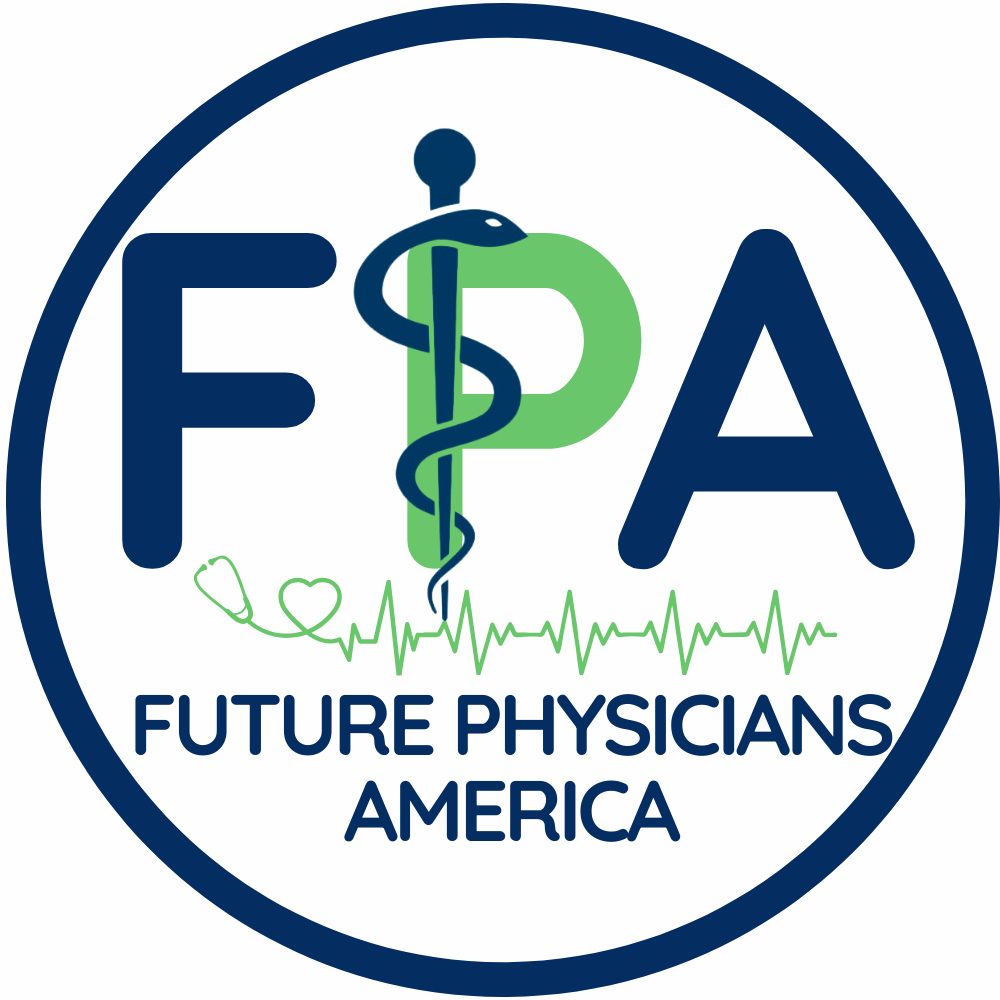Splinting
Splinting is how we stabilize bones in the acute phase prior to definitive repair or casting. We will learn the technique for several types of splints including finger splints, arm coaptation splints, forearm volar splints, long arm posterior splints, ulnar gutter splints, sugar tong splints, stirrup splints, long leg splints and more. We will explore a variety of materials, including plaster, fiberglass and prefabricated ones. You will even splint each other for a cool photo-op!
Suturing
We learn all about suture materials- the different types and sizes, which types of needles they come with, and when each type should be used. We use silicone pads with various laceration types to physically sew lacerations and learn the different techniques of suturing including horizontal and vertical mattress, figure of 8, simple and running. We will learn instrument ties, as well as repair with tissue adhesives.
Ultrasonography
We will learn the basics of point of care ultrasonography (POCUS). POCUS has become an extended part of the physical examination, and as a fast non-invasive tool is indispensable for time sensitive diagnoses. We will learn to localize the aorta, gall bladder, coronary chambers, bladder, splenorenal and hepatic pouches amongst other things.
Medical Simulation
Simulation has become a cornerstone in medical education as it offers a safe way to teach medical procedures and complex medical decision making. We will explore various case scenarios with medical simulation, as well as learn emergency medicine procedures.
History and Physical examination
The history and physical examination comprise the cornerstone of medicine- indeed Sir Osler said: “Just listen to your patient, he is telling you the diagnosis.” We will learn how to take a structured history and perform a systematic physical exam. We will get to practice and critique each others’ technique.
Airway
Airway is the “A” in the ABCs. In our workshop we will learn how to intubate a patient using a variety of tools including direct laryngoscopy, fiberoptic techniques, and various airway adjuncts.
Resuscitation
In this workshop we will learn what needs to be done in the first several minutes of someone going into cardiac arrest or collapse. We will do a megacode simulation and everyone will have a chance to demonstrate their skill. This occurs in conjunction with the American Heart Association course.







